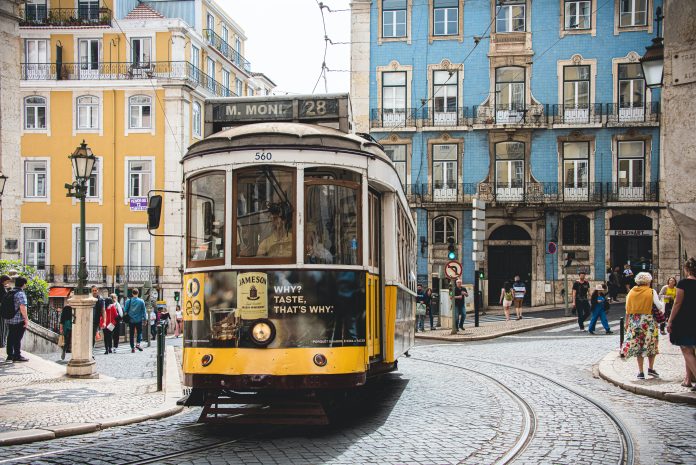The birthplace of Amália Rodrigues and calçada Portuguesa Lisbon is rich in culture, history, and striking views. For the past decade, tourists have started to notice. Today, the Portuguese capital gets around 4.5 million tourists per year. For every local, there are around 9 tourists. Despite the rise in tourism, in Lisbon, the saying comes true – the best things in life are free. From stunning parks, free historical attractions, and inviting neighborhoods Lisbon has a ton of fun activities that won’t cost you a penny. Here are our 10 best free things to do in Lisbon.
Guide to Lisbon
1. Visit the Lisbon Cathedral, known as Sé
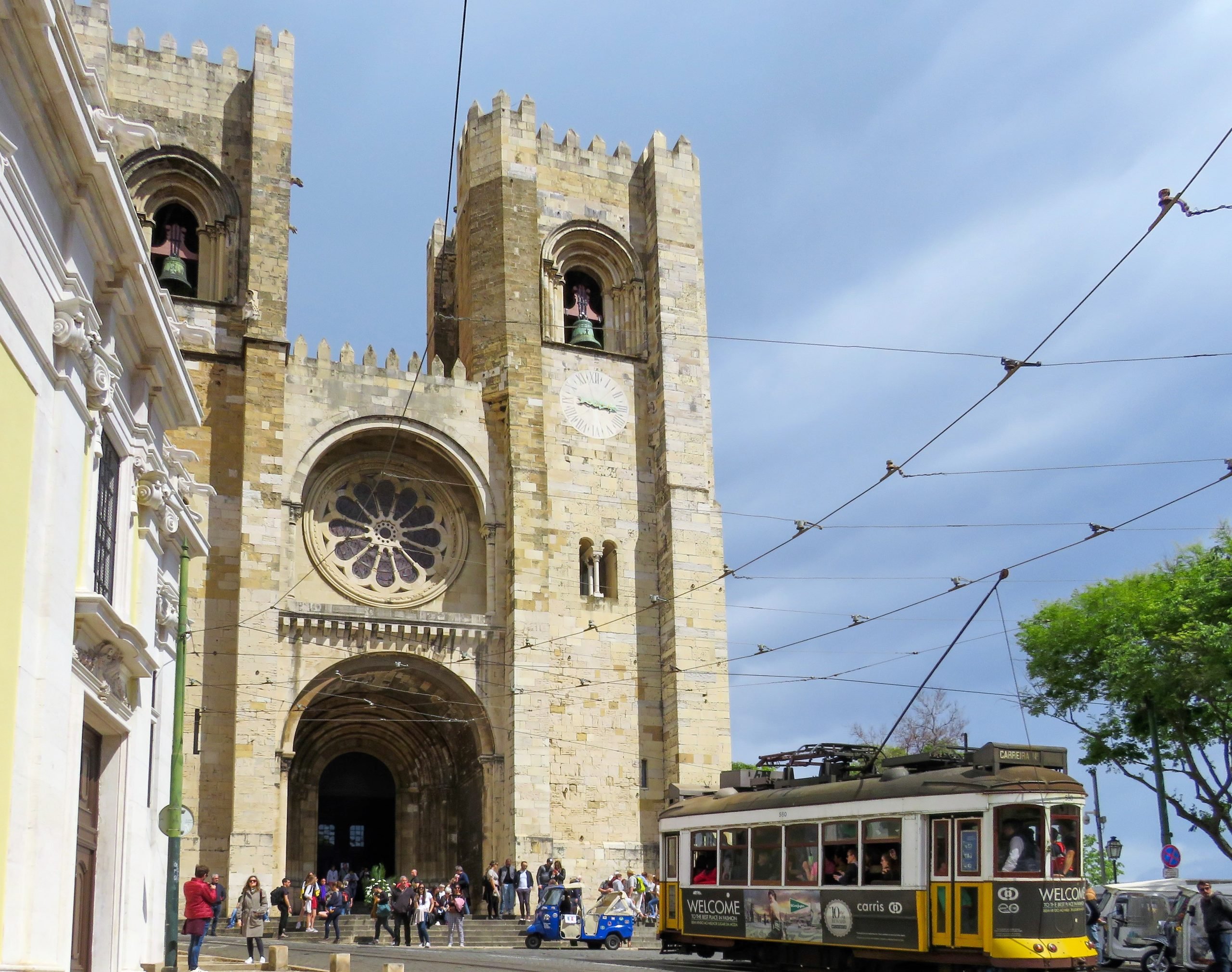
Often simply called Sé, this cathedral located in Baixa was built in 1147 and is the oldest church in the present-day capital. This sacred place has been altered throughout time, particularly after the 1755 earthquake by Marquês de Pombal. The main chapel was rebuilt in neoclassical and Rococo architectural styles. Also known as the Brave, King Afonso IV, who died in 1357 is buried in the cathedral. The cathedral is free to visit, but tickets are sold for a guided tour.
2. Have a picnic at the Gulbenkian Garden
Open from sunrise to sunset, the Gulbenkian Garden was created in 1969 at the headquarters of the Calouste Gulbenkian Foundation. Covering 19 acres, the garden features two lakes, landscaped lawns, small bridges, and paths for guests to stroll. The park features various water birds and natural vegetation such as eucalyptus, as well as an open-air amphitheater that seats 1,000 people. Guests can enjoy outdoor concerts here, as well as plan an afternoon picnic by the lakes. Pick up some snacks and wine from the nearby Lidl, only a 5-minute walk away. For a completely free afternoon, stroll around the paths and discover the different waterbirds in the park.
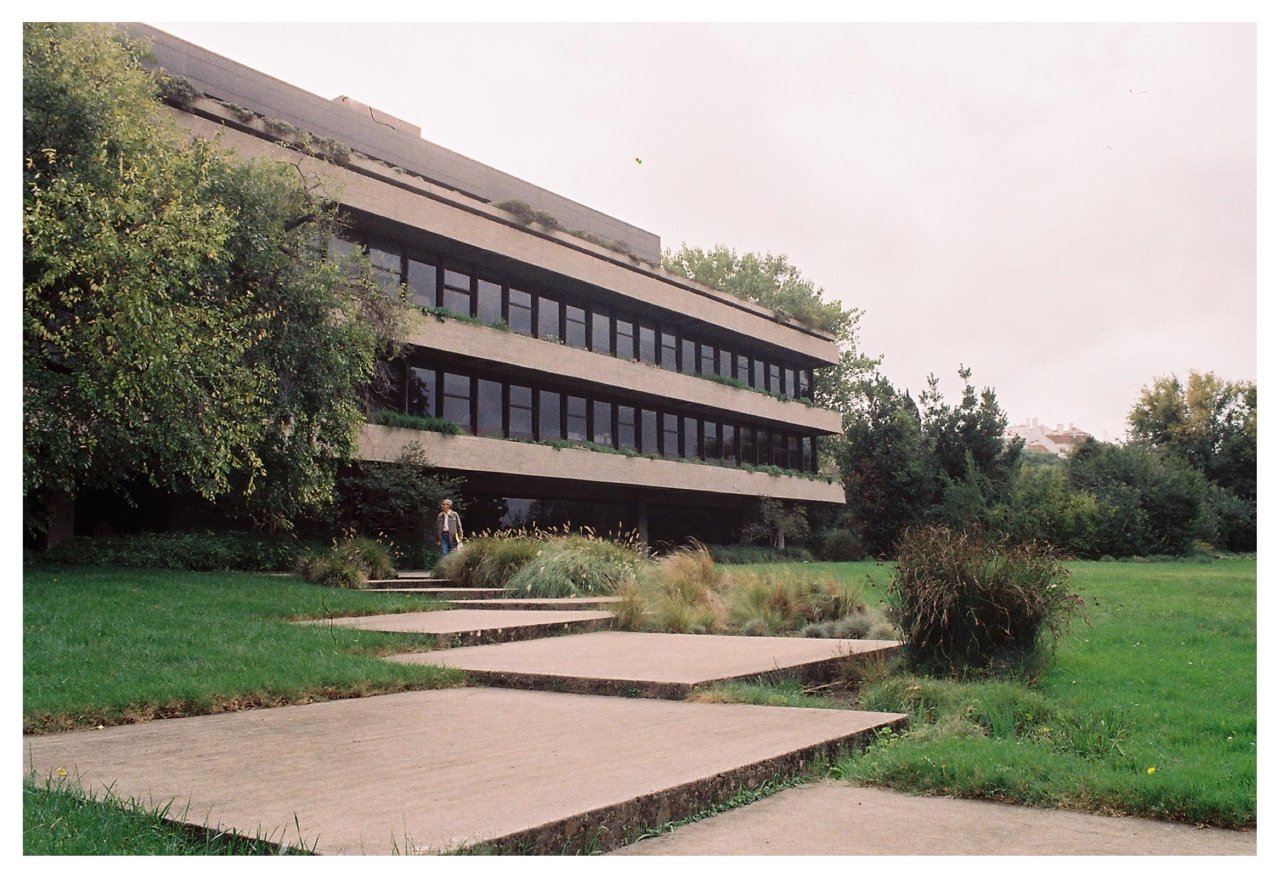
3. Enjoy the views from Lisbon’s miradouros
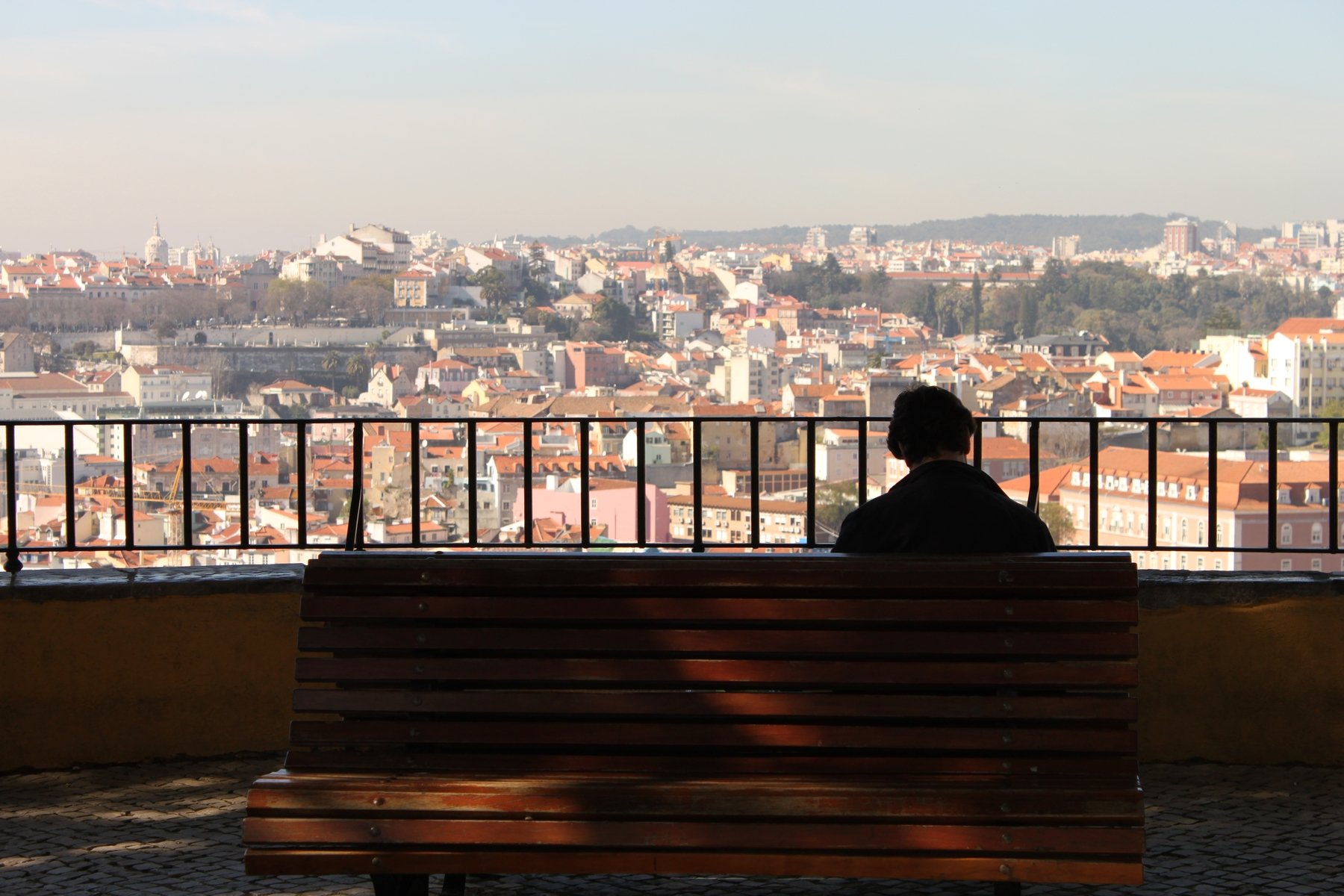
Miradouros are an integral part of Lisbon’s charm and atmosphere. These are city lookout points where you get incredible panoramic views of the capital. The miradouros are always filled with people drinking beer and playing music, playing a large role in the social lives of locals. They are the perfect spot to take photographs and watch the sunset (or the sunrise after a night out). The best lookout spots are Miradouro de Santa Luzia in Alfama, Miradouro da Graça, and Miradouro de Santa Catarina. Oftentimes these places will have a small kiosk selling drinks and coffee, but you are free to purchase your own in a supermarket to enjoy.
4. Discover the world of Fado in the iconic neighborhood of Alfama
The oldest neighborhood in Lisbon, Alfama is known as the home to fado, being the birthplace of the most famous fado singer Amália Rodrigues. With steep picturesque streets featuring traditional houses, walking through Alfama feels like a workout but is so worth it. Located between Sao Jorge Castle and the Tagus River, the steep climbs are rewarded with some of the best views of Lisbon. Explore the neighborhood and look out for Fado spots, as well as historical monuments such as the Lisbon Cathedral, the Convent of the Grace, and more.
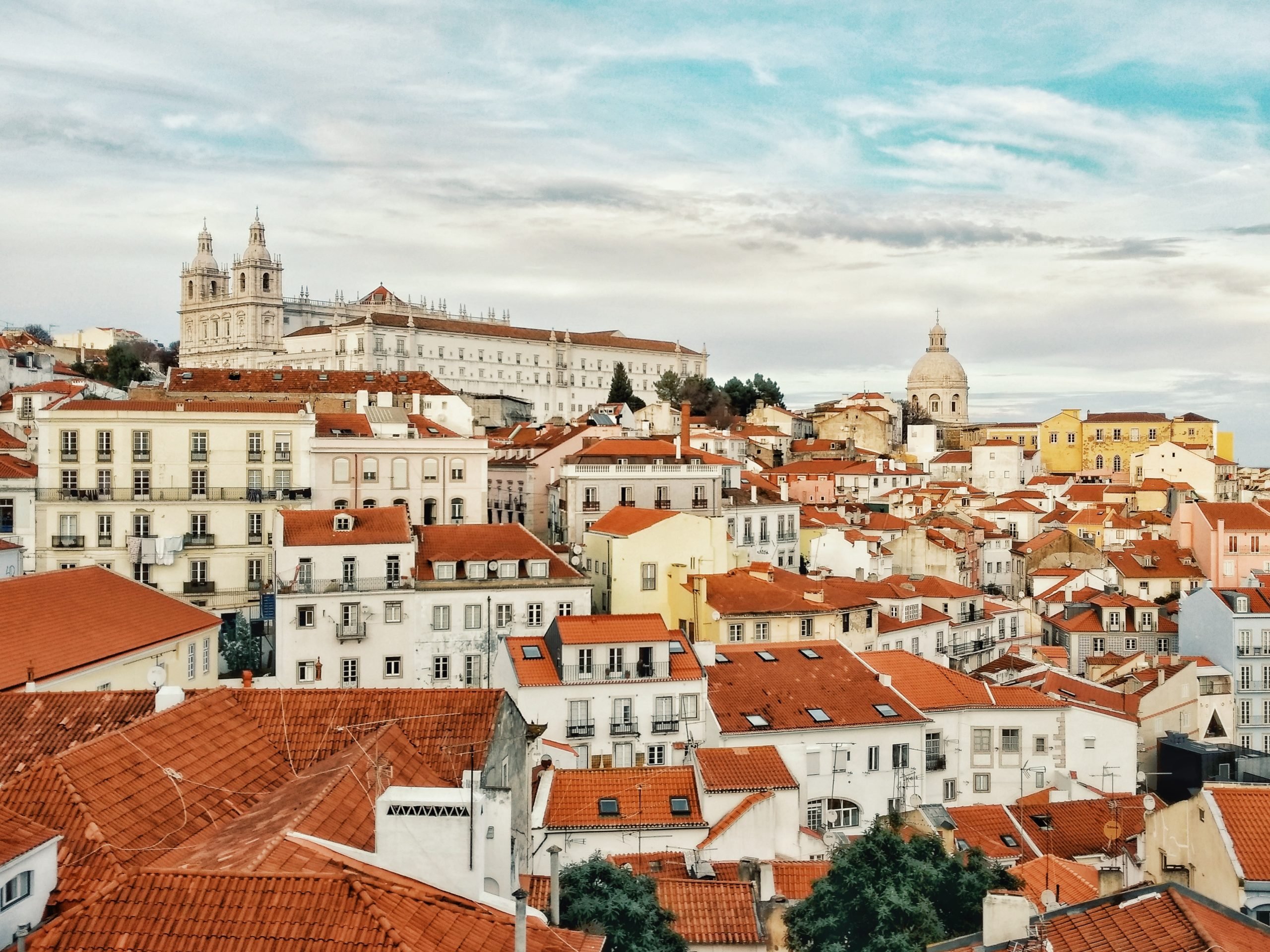
Live Fado & Dinner in Alfama
5. Admire the Monument of the Discoveries
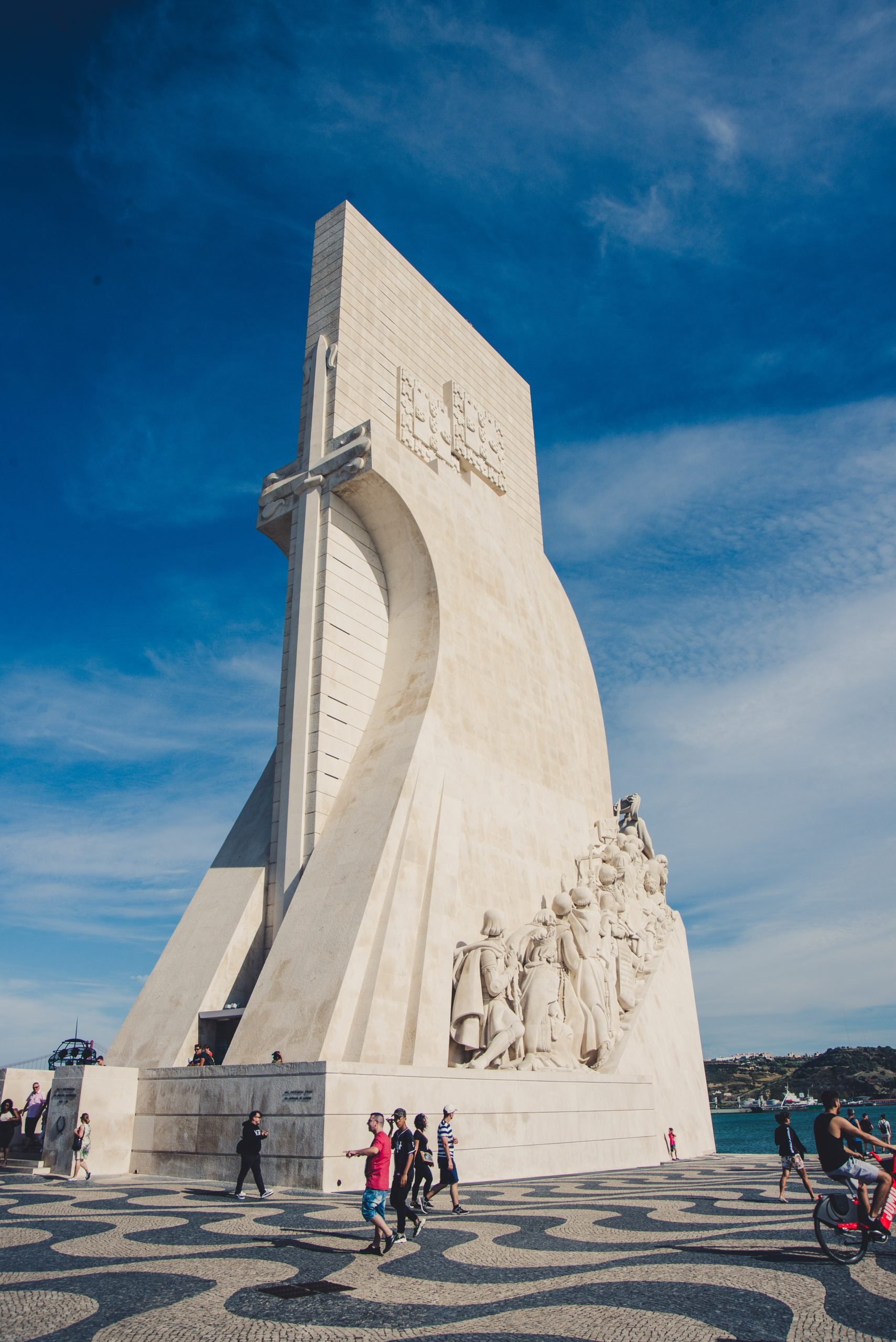
Located on the northern bank of the Tagus River, the Monument of the Discoveries was founded in 1960 by Portuguese architect José Ângelo Cottinelli Telmo and sculptor Leopoldo de Almeida during Salazar’s Estado Novo dictatorship. Standing at 53 meters tall, the monument celebrates the Portuguese Age of Discovery during the 15th and 16th centuries. Many who visit the free monument are unaware of its symbolism and that it was produced during the dictatorship and its meaning. Many anti-colonial activists and academics have in recent years criticized the moment as a glorification of colonialism and the Portuguese empire. Henry the Navigator is included in the monument and the monument was actually inaugurated on the 500-year birthday of the Prince who had a hand in designing the Portuguese Colonial Empire and enslaving Africans.
6. Snap some photos at the abandoned Panorâmico de Monsanto
Located on the highest mountain in Monsanto, Panorâmico de Monsanto is an abandoned restaurant that is famous for urban exploring. A well-kept secret, you can actually go inside the abandoned building that is filled with urban art and graffiti. A multi-story concrete building, it now functions as a miradouro, a viewpoint of the city of Lisbon. The restaurant opened its doors in 1969, offering a 360 view of Lisbon and hosting over 600 guests. It was once a high-end place visited by an influential Portuguese crowd, but due to financial troubles, it closed down by the end of the century. By the early 2000s, this place was not a trendy one to visit as it is now, with demolished parts and broken handrails. For years, it was against the law to visit the building due to it being dangerous. In 2017, it was made safe for visitors with handrails and structures secured and now welcomes many visitors, despite it still being abandoned.
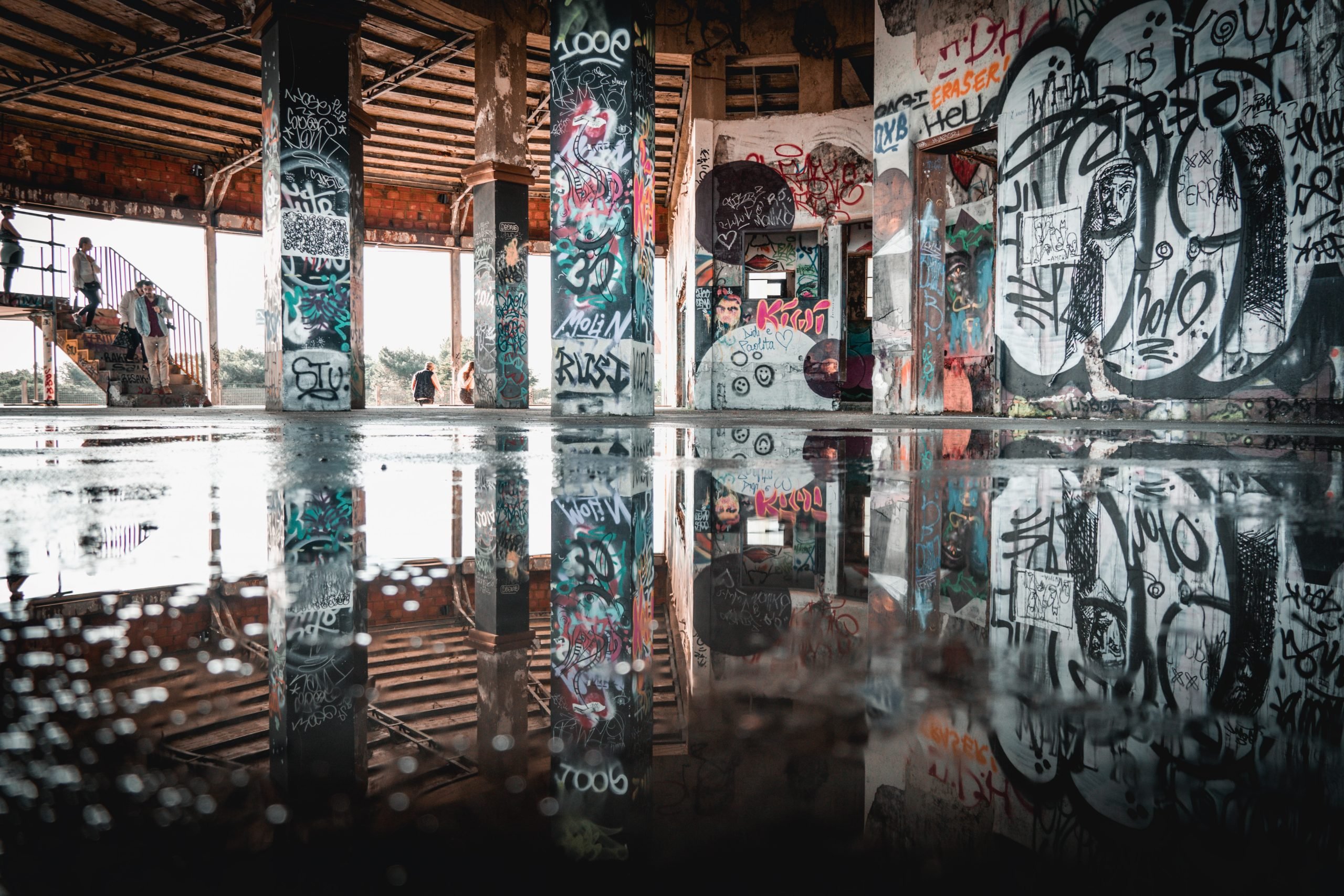
7. Browse the Feira da Ladra, the most famous flea market
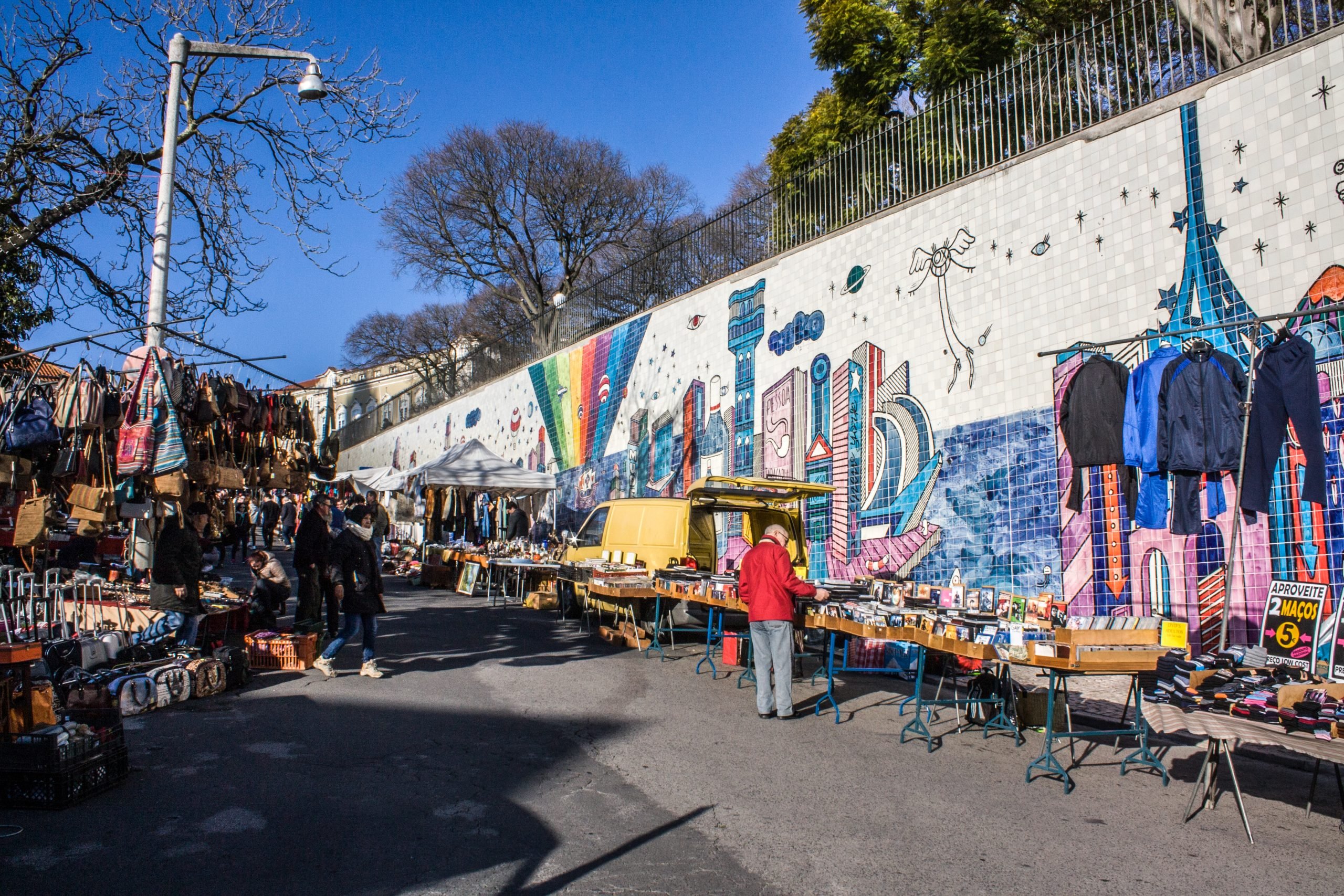
Feira da Ladra is Lisbon’s largest flea market, a tradition in Lisbon since the 12th century. Located in Alfama, the Feira da Ladra is a great place to stroll around and explore. You can find everything from useless products to unexpected gems such as vintage clothes, accessories, and furniture, the key is to look through everything you can. The market happens every Tuesday and Saturday from dawn to early afternoon. Make sure to get there early if you are looking to purchase items. The flea market is free to visit and if you do end up buying something, prices are extremely low.
8. Walk around Belem and its two UNESCO World Heritage Sites
Locate in western Lisbon, Belem lies along the Tejo Estuary and is home to two famous historical attractions that are actually UNESCO sites, Torre de Belem, as seen in the photo below, and Mosteiro dos Jeronimos. Mosteiro dos Jerónimos is a former monastery in Belém constructed in Portuguese Late Gothic Manueline style and you can visit the church for free. A 2-minute walk from the monastery, head to Pasteis de Belem where the traditional Portuguese custard tart was first invented. With plenty of seafood and meat restaurants, as well as bars, Belem is a great dinner spot, particularly at sunset, and also features large parks and riverside views.
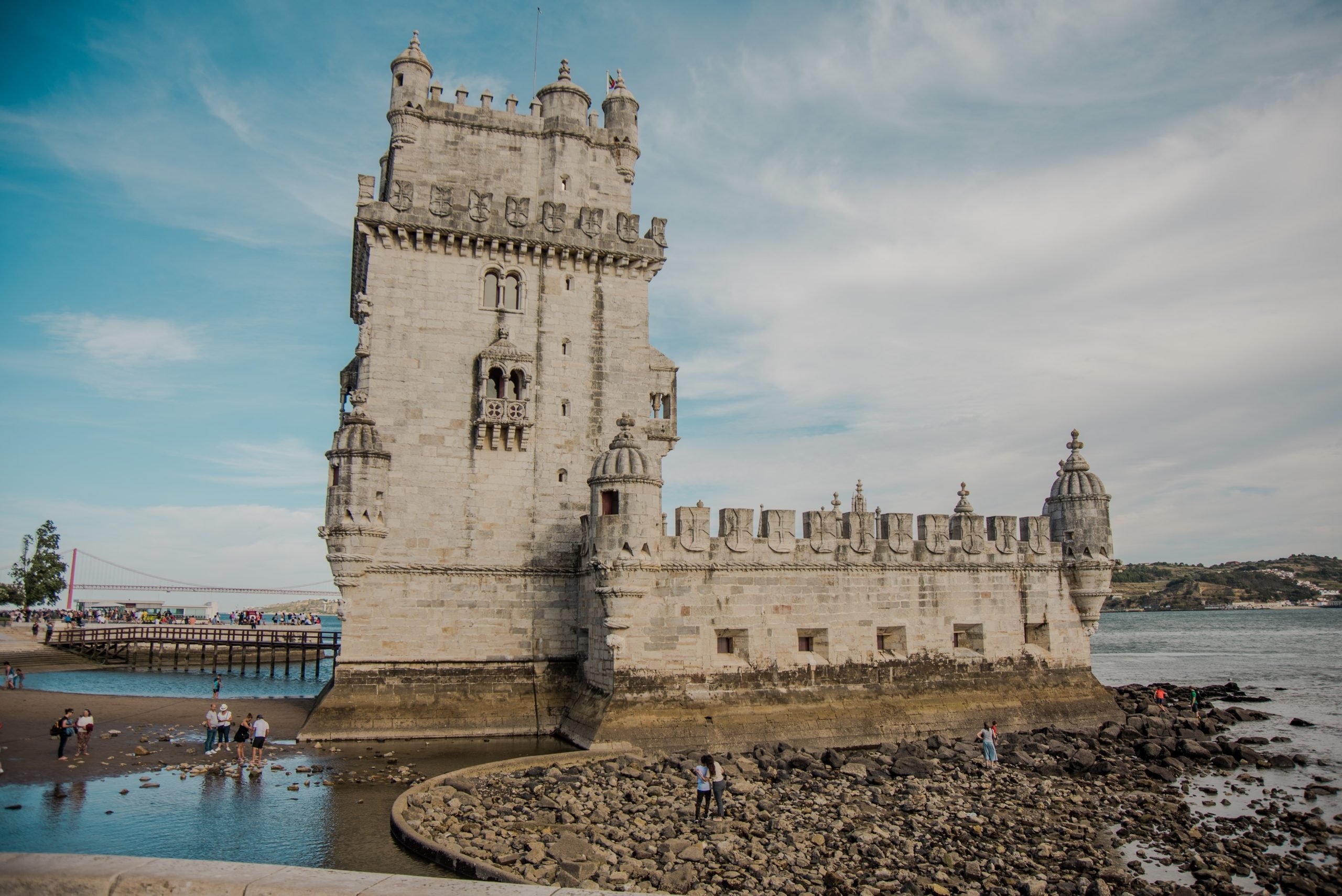
9. Enjoy the view from Cristo Rei
Constructed in the 1950s in Almada, Cristo Rei is a pilgrim destination and religious center that is 80 meters high. It offers gorgeous views of the city and was inspired by the Christ the Redemeer statue in Rio de Janeiro, Brazil after the Cardinal Patriarch of Lisbon visited the monument. The Cristo Rei, translating to the Christ the King was approved for construction in 1940 in a Portuguese Episcopate conference in Fatima as a plea to God to release Portugal from entering World War II. You can visit the grounds of the monument for free and admire the Cristo Rei from below which is still a beautiful experience. If you want to pay the 6 euro entrance fee, you can take the elevator up the monument. However, the elevator stops at a certain floor, and then you must walk around 60 steps which represents how it is hard work to get to heaven, with the statute representing heaven and God.
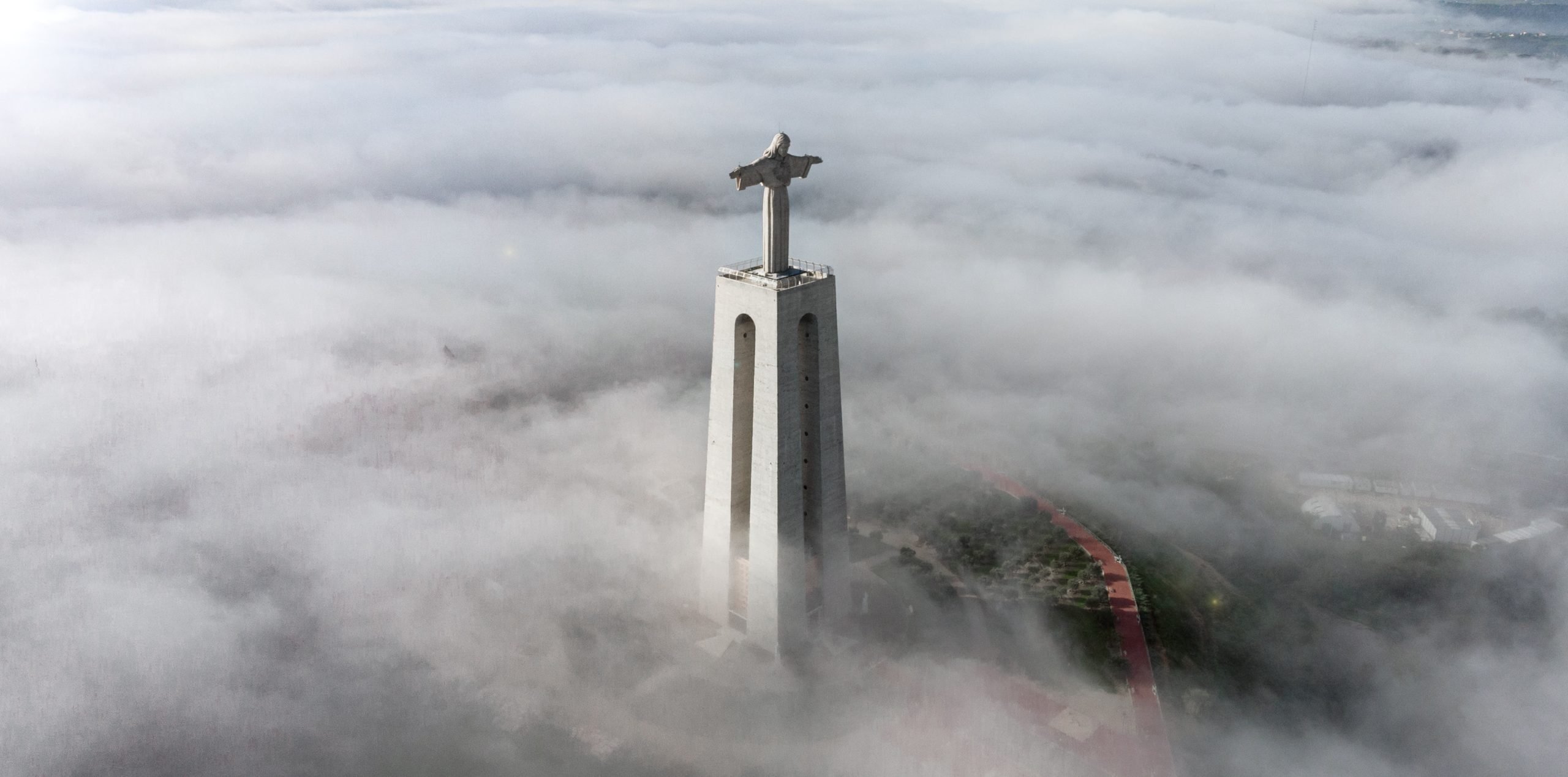
10. Stroll through the famous Pink Street
What today is a popular bar street with pink pavement was once Lisbon’s Red Light District. The Rua Nova do Carvalho was home to brothels and gambling houses that sailors would visit on their travel breaks. In 2011, to change the atmosphere of the area, all brothels closed and were replaced by trendy cafes and bars. Many today still reflect the Red Light District such as the iconic bar Pensao Amor which has memorabilia from the time. Walk around to experience the nightlife which often fills the street, locals bringing their drinks outside. Snap a photo of yourself with the pink floor, contrastingly beautifully with the colorful buildings.
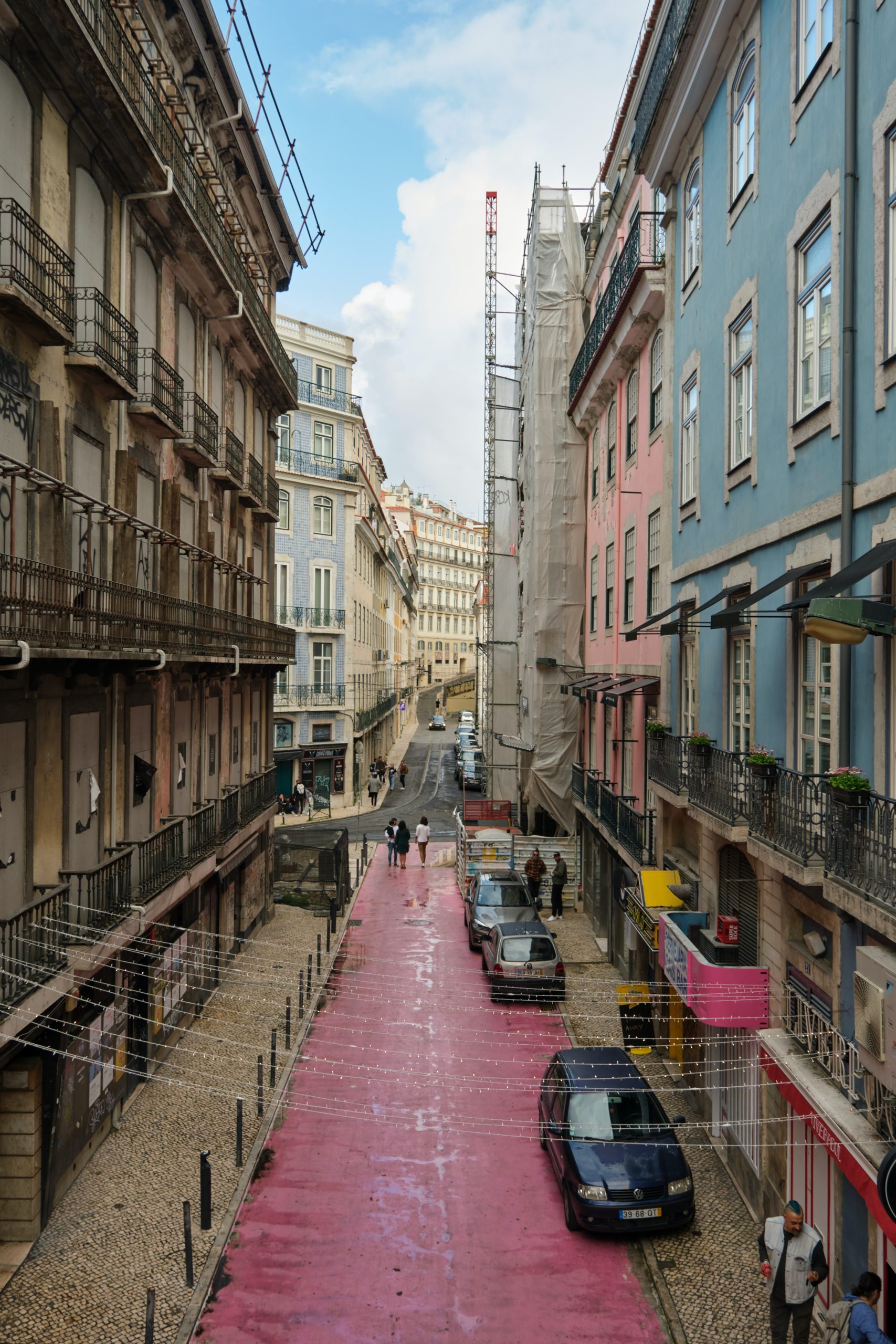
Book Tours & Activities in Lisbon

